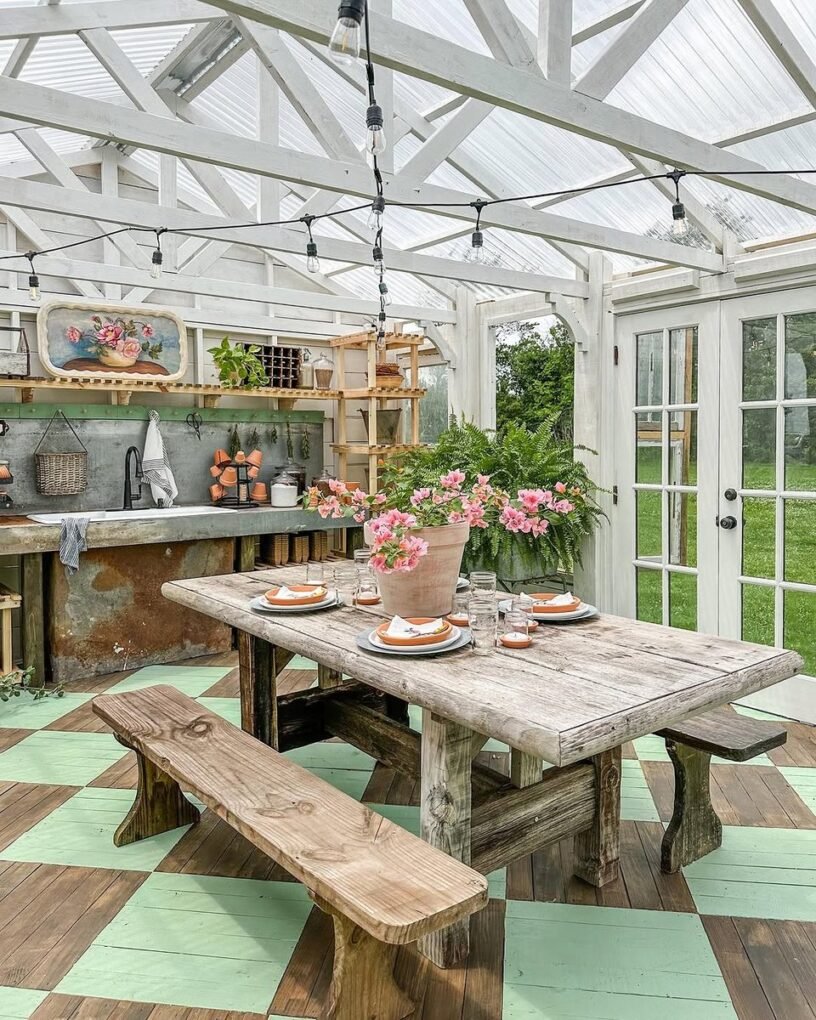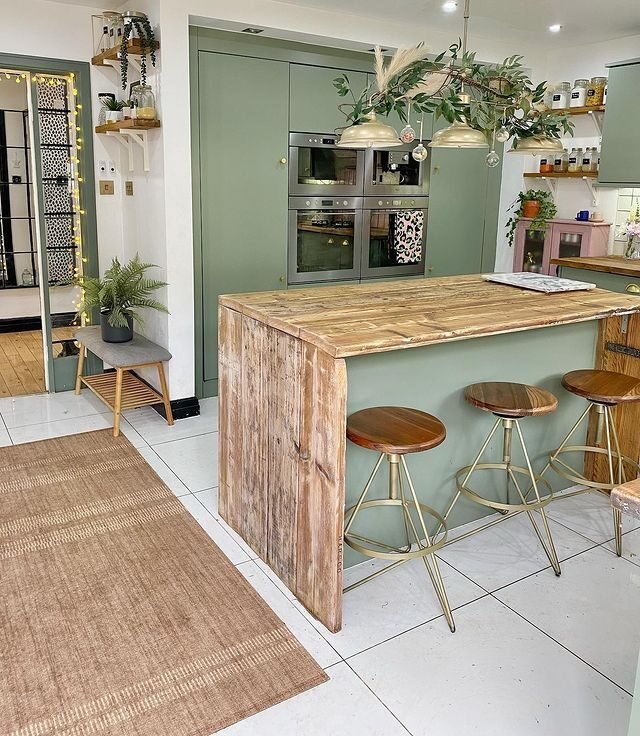We understand it gets a little frustrating when you can’t seem to retain the wall condition as they were before. Although, a perfectly painted wall doesn’t stay as beautiful as before after a year or so.
A simple action of paint touch-up is sufficient to cover up wall scratches or stains on the wall. However, if the spot is new, you can clean it right up by wiping it with soap and water.
It may sound easy enough, but doing it correctly is a different thing. Don’t worry; we’re here to help. We’ve prepared a list to cover all you need to know to touch up the stained walls to retain their original beauty.

Before You Start The Touch-Up
To retain the wall's original color, you need to find a similar color to paint with. Typically, paint dry darker or lighter, depend on the mixing process of the paint.
If you don’t mix up the right color, the wall won’t look the same. It’s an essential step to complete before you begin touch-up paint.
If you have any leftover paint from the previous wall painting, you can use it to touch-up paint. If you don’t have any more leftover paints, you need to find a color similar to the surface paint that needs a touch-up.
Essential Tools For Touch-Up Paint
To complete the paint touch up process with efficiency, you’ll need some essential tools, such as:
- Mild Detergent. (to prepare the wall before touch up.)
- A small Sponge. (to help clean the dirt on the wall’s surface.)
- Sandpaper. (to remove the rough surface on the wall.)
- Angled Brushes. (To get the accurate brushstroke over smaller stains on the wall.)
- Paint Rollers. (to provide a smooth finish on the wall.)
- Roller trays. (to hold the roller while painting.)
- Putty knife. (to cover the hole for evening the wall’s surface.)
- Dry cloth. (to cover up the ground from falling debris.)
- Damp rag. (it helps you to keep the ground clean.)
- Clean Plastic Bucket. (to help you carry the mixing paint easily.)
Note: in case of wrong color usage, you might need a paint thinner to remove the paint.
A Proper Method Of Touch-Up Paint Process
To complete any task, knowing the technique is everything. By learning the appropriate techniques, you can use touch-ups on the wall’s stains and damaged spots.
In the following segment, we’ll discuss the proper method of using touch-up paint on your damaged walls so that you can do it all by yourself.
Let’s begin the touch-up process, shall we?
Prep The Area
Don’t get started right away without preparing the space. First, you need to prepare the wall's surface area before you start the touch-up. Over time, your surface wall tends to get dirt and holes all around the border.
Cover-Up The Ground
It's a good idea to cover up the ground level before the cleaning process. It helps to clean up afterward.
You can use a dry cloth covering the ground under the surface wall. So that whenever you clean or repair the wall, the debris can fall on the fabric, not on the floor. This dry cloth cover also protects the ground from falling debris from the wall.

Clean The Surface:
The next step is to prepare the area by cleaning the wall by removing the dirt, spider webs, and other debris.
First, soak a small foam in the water mixed with soap and vinegar and wipe the dirt on the wall. Continue the cleaning until the wall is free from dirt, grease, and grime.
Repair The Surface:
It’s doubtful that your wall hasn’t sustained any damage over time. You need to cover up the wall’s damage before you start painting.
To do so, start by removing any rough surface on the wall with sandpaper and wipe out the remains with a damp rag. If there are any holes cover them with a putty knife. Don’t stop until your wall is completely free from any holes.
Prime The Area
After cleaning and filling the holes on the wall, now it's time to prime the area that needs a touch-up. To do that, you can use interior grade latex primer, it helps you to blend the touch paint with the previous wall colors.
In that case, use a small angled brush and be mindful not to paint the area besides that needs a touch-up. Otherwise, you’ll overlap the painting, which prevents you from giving a flawless finish with the touch-ups.
Match The Paint’s color
Before you move on with the touch-up paint process, remember to match the touch-up paint with the surround wall paint. It’s crucial to keep wall integrity and beauty intact.
Prep The Painting
Now it’s time to prepare the paint that you’re going to use for the touch-up. To prepare the touch-up paint, you need to mix the paint thoroughly. Keep a close eye over the mixing, check if the paint is properly mixed with all the pigments inside.
To mix the paint, you can use a mixer or do it manually by yourself. For mixing the touch-up paint, you can use a U-shaped stick attached to a power drill. A U-shaped stick will help you mix the paint properly.
For oil-based paints, it’s a good idea to mix some water to decrease the paint’s dancity. Because oil-based paints tend to be danced by five to ten percent more than water-based paints. Then test the paint in a small area, before applying it to the whole wall.
Apply Paint For Touch up
When you’re done with all the chores above, start preparing yourself to touch up the wall surface.
Top up a plastic bucket with enough paint to cover a single touch-up space. You can start painting from anywhere on the wall, but it's better to start from the center and towards the edge of the wall. This helps to set a clear pattern for the paint job.
While using a roller to do a touch-up in large spots, remember to use a butterfly pattern to give the wall a smooth finish. The butterfly pattern helps to create a less visible change between the old and new paint after it dries out. It helps the new paint blend with the older one.
Use an angular brush to cover up the smaller spots on the wall. It helps to avoid any overlap with the older paint.
Tips To Follow For Avoiding Any Touch-Up Mistakes
Here, we’ve prepared a few tips you can follow to avoid any mistakes during touching up the paint. Try to follow them properly to avoid many common mistakes that may occur during a touch-up paint.
Let’s get started.
Wrong Color
We tried mentioning before to use the color that matches the older one. Although, it’s true that while applying the paint for a touch-up, it can get confusing.
So to avoid any confusion, try testing the paint’s color by applying it along with the older one. It helps you to match the new color with the older one perfectly. If you get the color wrong by any chance, try removing the paint with a paint thinner before it dries out.
Over-Stroking With Brush
Many people think if you stroke more with the brush, it’ll have a better finish. To be honest, the truth is if you overbrush on the same spot, it leaves a thin line around the brushed spot.
It ruins the wall’s smoothness. So when you load the brush with paint, try avoiding over-stroking on the wall. A simple back and forth stroke should suffice to do the paint job.

Not Covering-Up Everything
We’re not sure if you’re aware of the fact, painting is messy work. It is common for paints to spill from the wall over uncovered objects.
You need to conceal the surrounding object like tables, glass beds, etc, and make sure they are well protected from the paints. You can also remove those objects from the roam as well but it’s highly unlikely because it can be bothersome.
Painting In Low Light
Painting in the low light may seem cooler but it’s a bad practice, to begin with. Low lighting can hinder your vision and can cause you to miss small spots during touch up.
You have to use proper light in the room during the touch-up paintwork. It not only improves the work proficiency but also helps you keep a clear picture of the work you’re doing.
Safety Measurements
While you’re doing a touch-up on the stain/scratched wall, you can’t forget about your own safety. Keeping it in mind, we prepared a list mentioning the proper safety measures during the painting touch-up process.
Here they’re
Proper Ventilation System
Most paint's foundation is based on a chemical compound. These chemical compounds release dangerous fumes which are harmful to you. So whenever you’re doing touch-up paint on walls, keep in mind to provide proper ventilation in the room.
Hand Gloves
You need to wear a pair of hand gloves while touching up your home’s walls. It helps to protect your hands as most paints are induced with a chemical compound.
Protective Mask & Eyeglass
Next up is a protective mask and eyeglasses. It will protect your mouth, nose, and eyes from the dangerous fumes released from the paint’s chemical compound. Don’t forget to wear them before going to do the paint job.
Last Words
To sum up, Touch-up paint is a procedure to cover all the stains, scratches, and all other marks that tend to get on the wall. After reviewing all the segments above, we hope you’ll find it useful to fix your home's wall and make it as beautiful as it once was.
Though it’s a fact, you can’t always keep your home’s wall as clean as newly painted. At least now you have an idea about the perfect solution to fix the damaged walls.
That’s about all for this topic, hope you have fun restoring the damaged wall.




